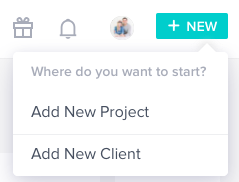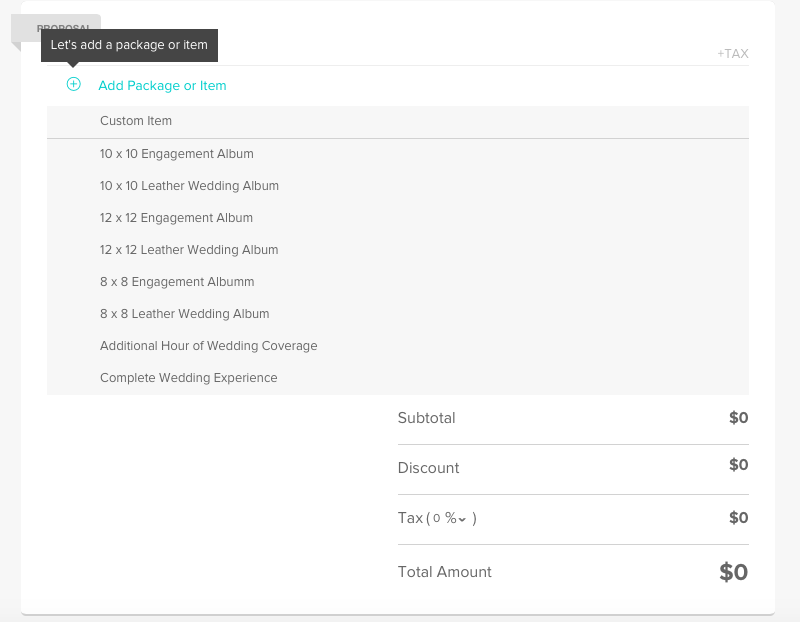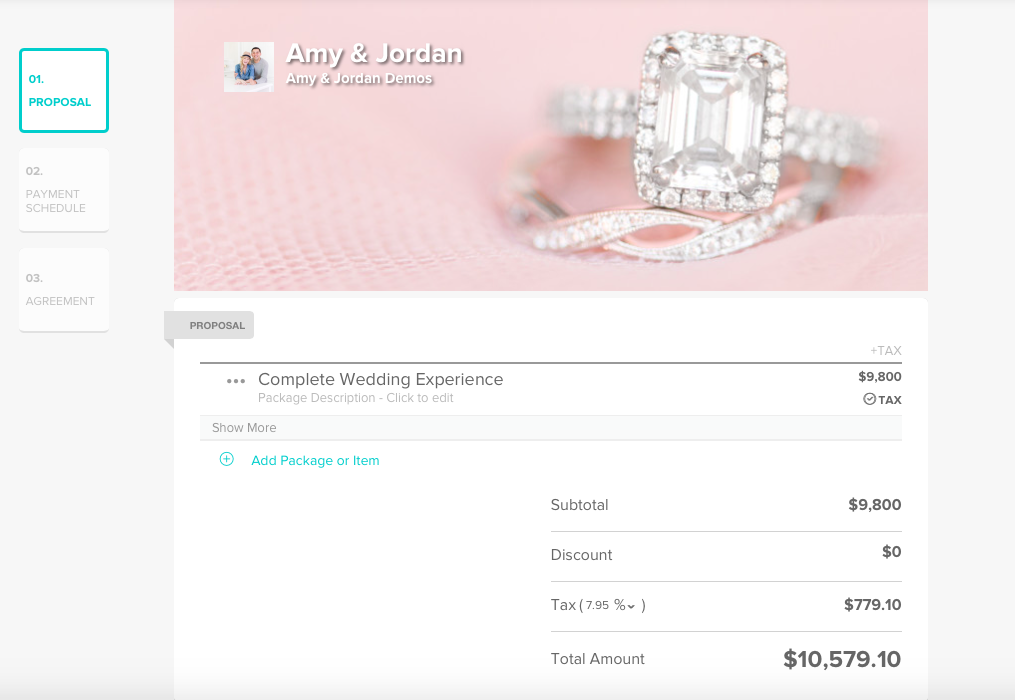If you’re a photographer (or a creative entrepreneur) who wants an easy online way to send invoices and proposals, collect credit card payments and sign digital contracts, you’re in the right place. In this post, we’re going to show you how we use HoneyBook for our business, take you behind-the-scenes so you can see the back end of this really simple software and give you a step-by-step tutorial of what we do every time we book a wedding.
Because if you’re like we were a few years ago –– wasting hours of time with paper contracts and snail mail checks –– hear us on this one: ain’t nobody got time for that! With HoneyBook, we can do all of that digitally in ten minutes or less. The time savings (alone) is worth a few dollars per client.
If that’s you, no worries. We’ve got good news! We’ve partnered with the folks at HoneyBook to get you 50% off your first year with them. That’ll save you $20/month if you pay monthly or $200/year if you go with an annual subscription.
Before we get started, make sure to check out our free tutorial on how we use Trello to organize our virtual to-do list and this free blog post where we explain the five things we do when we book a wedding.
Without further ado, let’s get started!
Step 1: Add New Project
Click “New” to add a new project to your workflow. There are a few required fields, like “Project Title” and “Type,” as well as some optional fields. We don’t always have all the information, so we just fill out what we know.


 When you’re finished, click “Next” and the proposal will be created, and look something like this. You can always change the banner image (if you want, we do!) by clicking the existing image and uploading a new one.
When you’re finished, click “Next” and the proposal will be created, and look something like this. You can always change the banner image (if you want, we do!) by clicking the existing image and uploading a new one.

Next, it’s time to add participants. On the left side underneath the the couple’s name, date and venue, you’ll see an option to “Add Participants.” We always add the bride and wedding planner (if applicable). Adding a participant doesn’t allow them to see the back end of HoneyBook or let them make changes to documents (like contracts) –– so you don’t have to worry about that. It just lets the system know who to share files with as you complete them. So, when you finish the proposal, you don’t have to manually enter the bride’s email address, and then enter it again when you’re ready to send another document. Also, sometimes the bride’s mom and the wedding planner want copies of everything, too. So, by adding them all once (at the beginning) you save some time down the road.
 Now, you’re ready to create a proposal. Click “New File” in the lower right corner underneath “Project Details” and select “Proposal.” The first few times we did this, our brains wanted to click “Invoice” since we were so used to sending invoices and contracts separately, but make sure to choose “Proposal” because that will allow you to send an invoice and contract in one neat digital package for your client.
Now, you’re ready to create a proposal. Click “New File” in the lower right corner underneath “Project Details” and select “Proposal.” The first few times we did this, our brains wanted to click “Invoice” since we were so used to sending invoices and contracts separately, but make sure to choose “Proposal” because that will allow you to send an invoice and contract in one neat digital package for your client.

First, click “Blank Proposal.”
Make sure you like the banner image. Remember you can always upload a new one specific to that client. Or, just do what we do, and use the same image for every client.

Then, click “Add Package or Item.”

For us, a menu of options appears. If it’s your first time using HoneyBook, you’ll only see “Custom Item.” Go ahead and select “Custom Item,” and it’ll prompt you to create a brand new invoice. When you’re done, save the invoice as a template, and the next time you build a proposal for a client, you’ll see your template in the list of options like we do.

Most of our brides choose the “Complete Wedding Experience,” so when we click “Complete Wedding Experience” from the menu above, HoneyBook automatically creates the entire invoice. From there, if our bride wanted to add extra hours of coverage or another album, all we’d have to do is click “Add Package or Item.”

For a cleaner, prettier version of the invoice that doesn’t show all the line items, just click “Show Less” and it will collapse all the extras and just show the package and price. Your client has the option to “Show More” if they want to see all the detail.

If you’re required to charge sales tax in your state (like we are in Arizona), there’s a line to add sales tax to the subtotal. If you’re allowed to separate goods and services in your state for sales tax purposes (in Arizona, we’re not), you can create one package for goods and another package for services. Then, just click the word “Tax” next to the package you want HoneyBook to apply sales tax to and uncheck the one you don’t.

Step 2: Payment Schedule
Once the proposal is completed, HoneyBook will automatically create a payment schedule for you where you can select the number of payments the client will make, the amounts and the due dates. From there, HoneyBook will gently remind your clients when payments are due, and keep you posted if a payment is missed. You just set it and forget it.

Step 3: Fill Out Contract
If your clients sign contracts, before you create your first proposal, you’ll want to add your contract(s) to your “Templates.” Once your contracts are uploaded, when you’re creating a proposal, all you’ll have to do is click “Agreement Templates” in the upper right corner, and you’ll be able to select the contract template you want to use for that client. Even better, the contract will take the information from the proposal and your client’s participant profile, and auto-populate it with the actual date, event date, venue/location, client’s name, contract amount and more. If you get stuck, HoneyBook has a free Help Center that’s really detailed and will walk you through exactly how to do this.


Step 4: Send Proposal to Bride
Now, you’re ready to send the proposal to your bride! Just click “Next: Review Email” and you’ll have the option to select the template email you want to send your bride and groom. If you don’t have professional, pre-written email templates, you can get the 20 emails we use for our clients in our store.

When you select the template you want, it’ll auto-populate the text in the email field.

Click “Send” in the lower right corner and HoneyBook will send the entire proposal to all the participants for the wedding. If your screen looks like this, you’ll know it sent. If, for some reason, you need to make a change to any part of the proposal, just click “Edit” and hit “Resend Proposal” when you’re done.

If you ever need to add new files to the project for everyone to see, like a timeline or an additional invoice, just click “New File” on the right side and HoneyBook will send the file to all of the participants when you’re finished.




